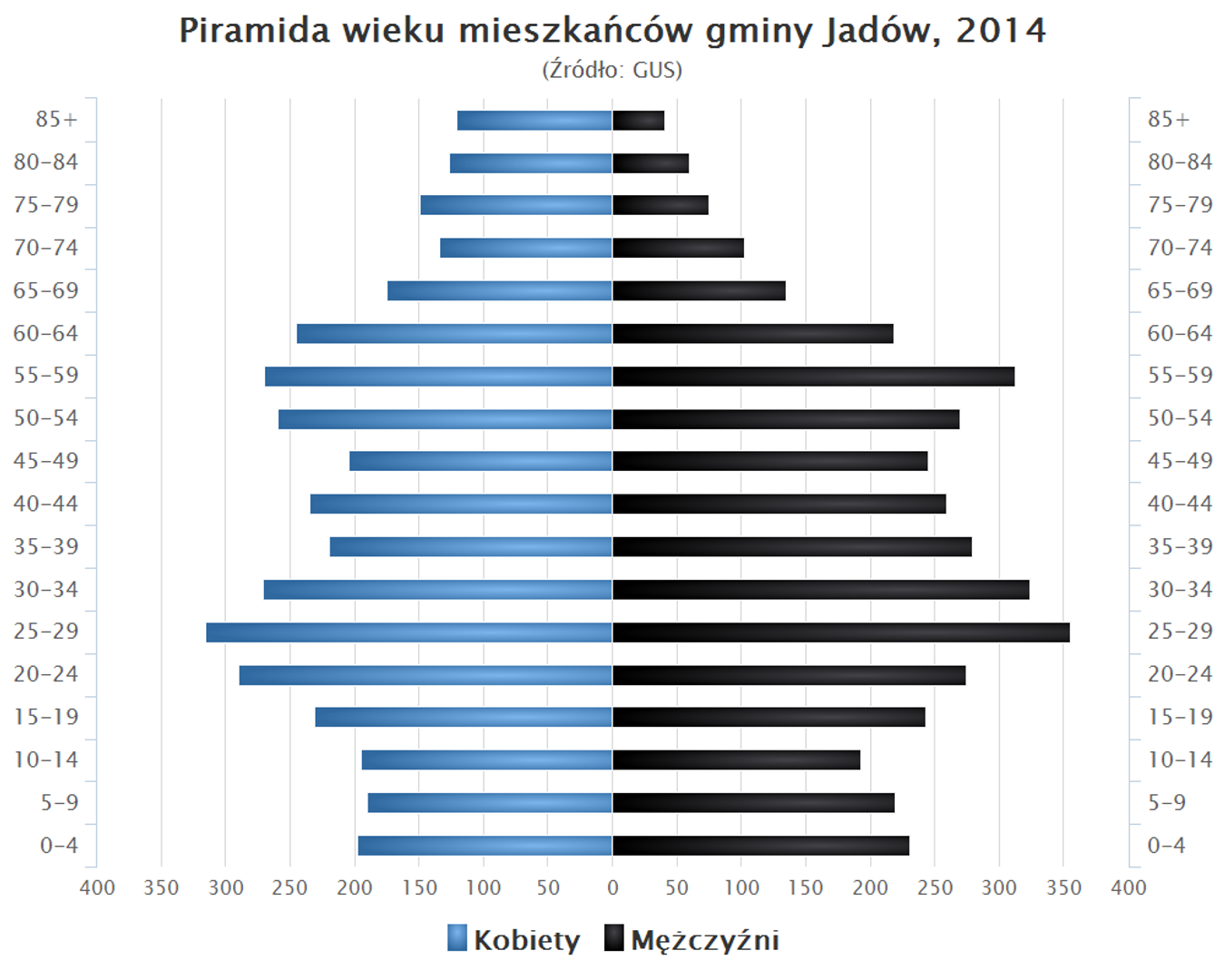Jadów
8.18

Overview
Jadów is an urban-rural municipality located in the Masovian Voivodeship, within Wołomin County, with a history dating back to the 14th century. The seat of the municipality is the town of Jadów, whose development was closely tied to its location at the crossroads of trade routes. A parish was established here in 1473, and in 1823, Jadów was granted town rights, which it lost in 1870. During the 19th century and the interwar period, the area experienced significant growth, with the construction of new public and residential buildings. The architectural symbol of Jadów is the parish church of the Finding of the Holy Cross, built between 1882 and 1886, which exemplifies the Neo-Romanesque style with Neo-Gothic elements. The municipality is also home to a manor complex that retained its appearance after a mid-19th century reconstruction by the Kotarbiński family. Jadów serves as a cultural hub, hosting the annual Powiatowy Przegląd Twórczości Ludowej i Rodzimej (County Review of Folk and Native Creativity), which brings together local artists and craftspeople. An added value of the municipality is its natural landscapes; the forests and rivers of Jadów invite tourists to relax and enjoy outdoor activities, offering opportunities for hiking, cycling, mushroom picking, and fishing. The municipality lies within the boundaries of the Nadbużański Landscape Park, highlighting its natural assets. During World War II, a ghetto was established in Jadów, and after the war, the previous administrative divisions were restored. Today, the municipality maintains an agricultural character and borders other municipalities, covering a total area of approximately 11,678 hectares, making it an interesting destination for both residents and visitors.
Location
2025 Wizytor | All Rights Reserved